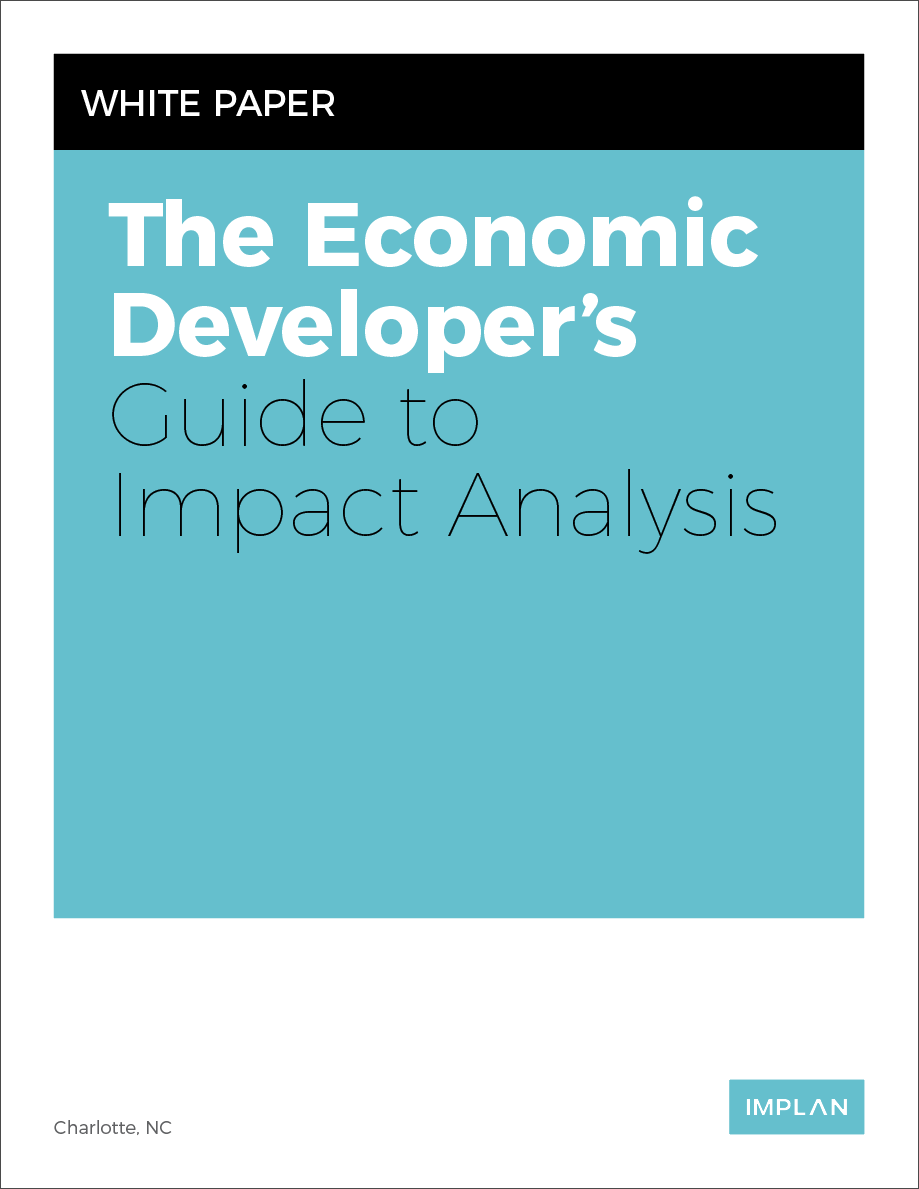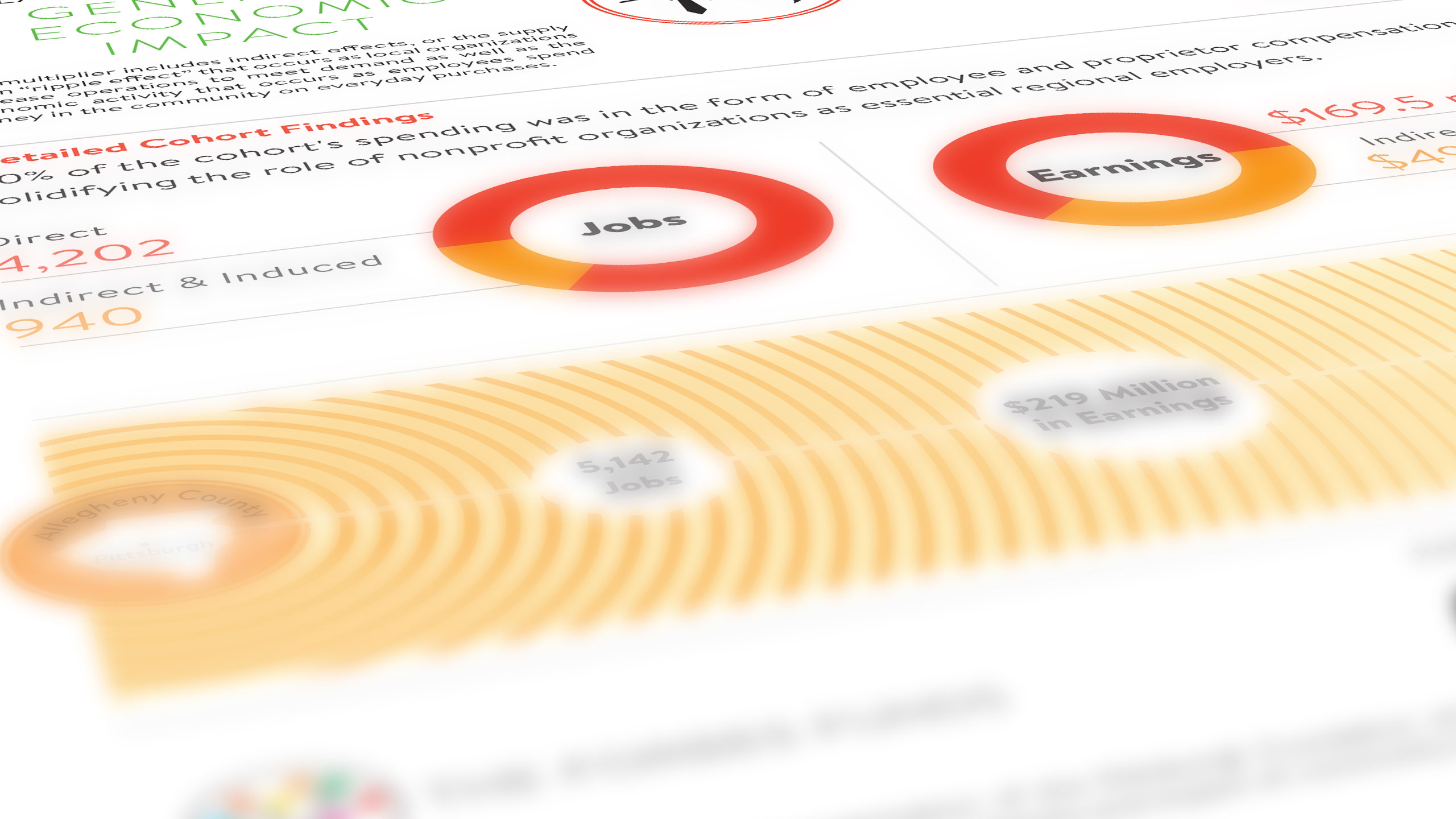When it comes to artificial intelligence, the world’s largest technology companies are not holding back. Amazon, Alphabet, Microsoft, and Meta are set to invest a staggering $364 billion in capital expenditures during their 2025 fiscal years, a dramatic leap from $325 billion in 2024. A recent analysis by IMPLAN’s Vice President of Customer Success, Candi Clouse, Ph.D., shows that this surge in spending will have profound ripple effects across the U.S. economy.
“These findings underscore that Big Tech’s AI investments are more than corporate balance sheet moves — they represent a nationwide economic force,” said Clouse. “When companies build out data centers and AI infrastructure, it sets off a chain reaction that touches everything from construction to manufacturing to local retail. The takeaway is that these investments are reshaping the U.S. economy in ways that matter for communities, workers, and policymakers alike.”










.png?width=80&name=IMPLAN_Logo_Print-Vector_NEW%20(2).png) Copyright 2025
Copyright 2025